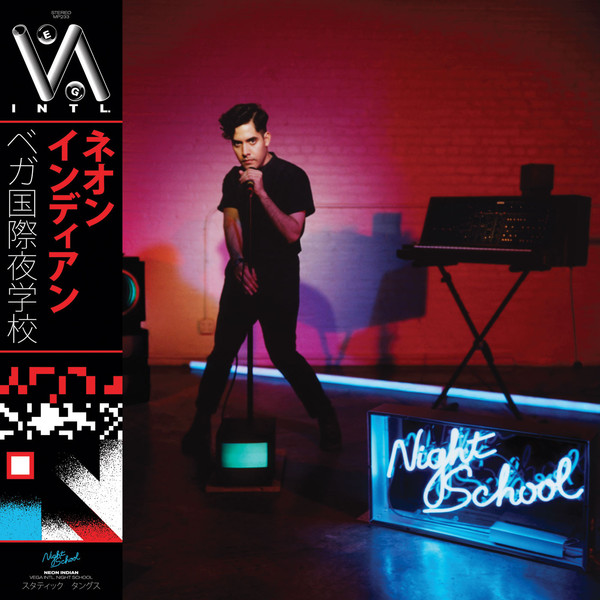Unfortunately we can’t always choose what genres gain mass audiences
From the droning sound orgies of Skrillex and Zedd, to more digestible beats synergized by artists like Daft Punk, EDM (Electronic Dance Music) has found itself into the nightclubs, raves and in the ‘drops’ of tacky radio singles that seem to plague so many of our generation’s sound systems. Seldom listened to at low volumes and difficult to get really passionate about while not working out or being completely sober, distinctly mainstream EDM as a new and yet slowly dying fad (depending on who’s talking), covers a range of electronica sub-genres whose purpose is to induce intense dance fits in its users. For the time being, these mainstream branches including millionaire mixers and celebrity DJs will be the main target of this discussion (think late night radio club remixes without their corresponding Dr. Jekylls). Slithering its way into pop culture using catchy calculated beats, the unavoidable intrusiveness so characteristic of the genre is hardly a reflection of a capitalist-hedonist society obsessed with a vain sense of escapism. Cough. Too harsh?
Alright, so it is simply impossible to argue why a genre as a whole is good or bad based on how it sounds, and yet objectively speaking, EDM has been a hot topic on quite a few different levels. The genre has been under fire not only for its characteristic bass drops devoid of emotion, but also the amount (or lack) of knowledge and skill required to pull off a live performance. Critics often attack the alleged mental traffic that the genre induces, as well as the fact that EDM performances usually don’t require a band up on stage but rather a single button-pusher staring blankly out into the crowd (See “David Guetta Completely lost @ Tomorrowland 2014” on YouTube).
Back in 2012 on his Tumblr blog, Deadmau5 had written a short manifesto highlighting what exactly was needed for a live EDM concert to be successful: “It’s not about performance art, it’s not about talent either … I think given about one hour of instruction, anyone with minimal knowledge of ableton and music tech in general could DO what I’m doing at a Deadmau5 concert.” So there you have it, a genre that, as far as live performances go, simply requires a basic understanding of computers. However, according to Deadmau5, that’s not the point: his skills shine “in the goddamned studio, and on the fucking releases.” That being said, it would seem that for the consumers, while EDM studio tracks are the more frequented method of listening, raves and concerts are the real apex of the experience.
Pushing aside the genre’s aesthetic squabbles, it’s important to note that drug use is inherently interwoven with EDM culture, where the genre’s primary focus on mindless pleasure might be to blame. And while drug use in and of itself is a matter of personal decision, EDM festivals are notorious for their frequent overdoses and death counts that never fail to attract the attention of the media. While it’s not always bad to enhance a listening experience with illegal substances, being able to appreciate the genre only when high or drunk might be an indication of its artistic scope.
Whilst on the topic of drug use and music, head-banging on ‘Molly’ with all the ‘cool’ kids seems almost flat and self-defeating especially in contrast with using similar drugs (or not) with a friend or two.
Even on the outskirts of the genre itself artists like Flying Lotus have managed to transcend monotony by incorporating a distinct jazz feel, even MGMT’s 2013 self-titled album is a perfect example of a band that merges with electronic elements to amplify a more well-defined and exploratory sound. So while EDM is considered to be a part of electronica, other subcategories that fall into the electronica field are in no way limited to the dull predictability that’s found within the excessive pulses typical of mainstream EDM. It’s hard to believe people are dropping Lucy and shrooms with Skrillex being blasted into their skulls.
Whether one is searching for meaning and catharsis or looking for a distraction from the horrors of reality (why can’t we have both?), EDM is diving headfirst into the bland vanity of the mainstream. It will inevitably result in its swift self-destruction, while the underground scene of musicians and artists will effervesce and rise up from the mud of EDM as a past pop-culture mishap, (seriously though, is there, and will there ever be anyone over fifty who genuinely enjoys EDM?), only to result in new genres finding themselves in the same mainstream cul-de-sac.
At any rate, it simply boils down to individual taste and in this case maybe even philosophical point of view. EDM is just one of many art forms which has a brilliant effect on some and can be the instigator of a bad trip for others. It’s hard to say whether the more popular streams of EDM are a hallmark of capitalism that is harming the music industry, or if it actually is the glorious product of pampered artists meant to inspire a generation to ‘party hard.’
